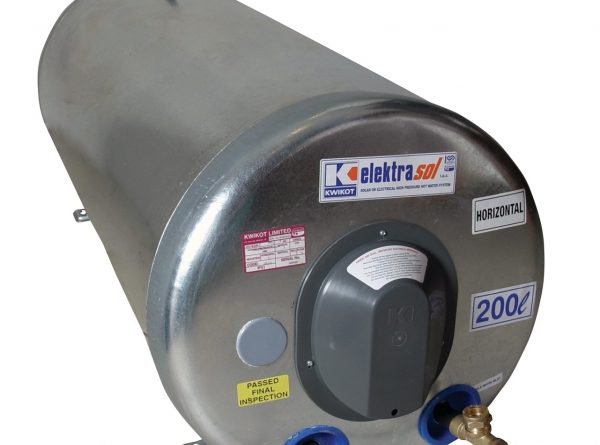Can maintenance keep my geyser safe this winter?
It is during the colder months in particular when geysers are more vulnerable to bursting because they are put under more pressure. Hence, be wise and follow these practical tips to maintain your geyser so that you won’t be left in the cold this winter!
- Insulate your geyser with a geyser blanket: this will keep the water in the geyser warmer for longer and the geyser will not have to reheat often. This can also reduce the cost of electricity and lead to a saving on your electricity bill.
- Check that the geyser thermostat is set to 60° Celsius: geysers are known to burst when the thermostat is incorrectly set or badly regulated. Setting it to 60° Celsius will reduce the burden on your geyser and will also help save electricity.
- Fit a drip-tray beneath the geyser: this will drain away any leaks from a burst geyser. This will save you discomfort and limit water damage should a burst occur.
- Your geyser should be serviced by a qualified plumber every 3 years: this would entail checking the components including the anode, element and thermostat and checking the whole system for possible leaks. Also, a qualified plumber should check that your geyser has all the important safety features such as a shut-off valve, vacuum breakers and a temperature and pressure safety valve.
- Give your geyser a break from time to time: switch it off occasionally, but don’t let it get cold as this additional contraction-expansion cycle could decrease the life-span of your geyser whilst the reheating will use more energy.
Be wise: warning signs of geyser failure to look out for…
You should have your geyser checked by a qualified plumber if you notice the water from the geyser is cooler and not as hot as it used to be or if the water pressure is lower than it used to be, Another thing to look out for is if the water or steam from the geyser overflow increases or if the geyser is making a humming or cracking sound. Also, if you notice any wet marks near the geyser, it is best to have the geyser inspected immediately.
What to do when your geyser bursts…
If the geyser should burst, you should switch off the main power supply immediately. The water supply should also be turned off. Call your insurer as most offer an emergency call out service in the event of a burst geyser and will arrange for a plumber to come to your home. iWYZE offers home and roadside emergency services as part of the policy.
For a free quote from iWYZE call us on 0860 93 94 93.
Advice on Safe Driving in Winter / Driving on Snow and Ice https://t.co/eXIKwweJ1O #ArriveAlive pic.twitter.com/FyNwmREvKS
— Arrive Alive (@_ArriveAlive) June 23, 2017




